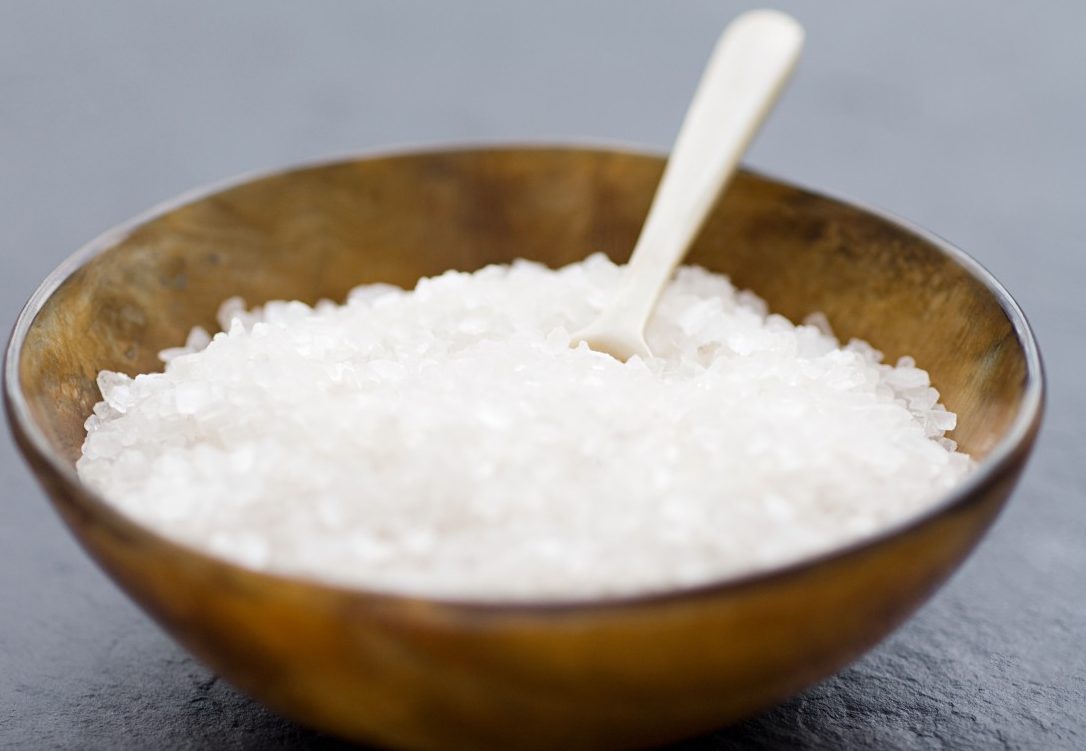How to Conquer Your Salt Habit

Even though salt may be less harmful to some people than others, that doesn’t mean you can smother your French fries. In excess, it does raise your health risks.
A couple of years ago, a few studies raised questions about whether limiting dietary salt to low levels needed to be a health goal for most people.
For example, a large study by McMaster University researchers, published in The Lancet, looked at the World Health Organization recommendation that everyone consume less than 2,000 mg of dietary salt a day. For perspective, to reach that low level of salt, you’d need to eat foods that, all combined, contain less than a teaspoon of salt daily.
The McMaster team gathered salt intake and health information from almost 96,000 study participants in 18 countries and concluded lowering salt intake dramatically reduced heart disease and stroke risk only in people who had been eating very high salt diets. In addition, some other studies found not everyone is sensitive to the blood pressure spiking risks of excess salt.
YOU MIGHT ALSO LIKE: How to Kick Your Soda Habit
Several tabloids and other media jumped on these findings to incorrectly declare that all salty food you love isn’t necessarily very risky.
The truth is decades of research have shown excess dietary sodium in salt is linked to several health risks. As the American Kidney Foundation points out, there’s no test to show if you are salt-sensitive.
Even though excess salt may be less harmful to some people than others, that doesn’t mean you can dip your French fries in it. Watching your salt intake is still important, especially for those at risk for cardiovascular disease and hypertension.
Why your salt intake matters
Salt, also called sodium chloride, is comprised of 40 percent sodium and 60 percent chloride. The human body needs a small amount of sodium to contract and relax muscles, for normal nerve conduction, and to maintain a healthy balance of water and minerals in the body, according to the Harvard T.H. Chan School of Public Health.
While humans need about 500 mg of sodium each day for those functions, too much sodium in your diet can lead to, or worsen, certain health problems. And too much sodium, primarily through salt, is exactly what most Americans have in their diets — taking in an average of 3,400 mg of sodium each day. That can raise the risk for heart disease, stroke, calcium loss from bones, kidney disease, and high blood pressure.
In fact, about half of Americans with high blood pressure are sodium sensitive, which can lead to fluid retention and high blood pressure. It’s particularly common among African Americans and people over age 65, says cardiologist Craig Walsh, MD, of the Providence St. Vincent Heart Clinic in Portland, Oregon.
Reducing salt in your diet doesn’t have to be hard
The American Heart Association (AHA) recommends that you consume a maximum of 2,300 mg of sodium a day, the amount in about a teaspoon of salt. But, ideally, most adults (especially those with high blood pressure) would be better off aiming for no more than 1,500 mg of sodium a day, the AHA emphasizes.
Many Americans have acquired a taste for a high-salt diet. One way to cut back is to skip the table salt. Most of the sodium in our diets, however, comes from packaged, processed foods. Eating these foods less often can help reduce your sodium intake, lower your blood pressure, and help prevent high blood pressure from developing in the first place.
University of Chicago cardiologist Matt Sorrentino, MD, recommends you follow the DASH diet (Dietary Approaches to Stop Hypertension) developed through research sponsored by the National Institutes of Health (NIH). The DASH diet is particularly prudent if you are prone to salt-sensitive hypertension, characterized by a sudden jump in blood pressure.
That diet is relatively low in sodium (1 teaspoon or less than 2,400 milligrams per day) and can help many people lower their blood pressure. In fact, along with meals high in fruits and vegetables and low-fat dairy products, this low-salt diet can be as effective as medication for some people with mild hypertension, a Consumer Reports examination found.
You can cut a lot of salt from your diet by avoiding processed foods, particularly frozen meals that are high in salt. So, consciously shop for low-salt foods. Read labels. The NIH recommends paying special attention to Nutrition Facts — choose prepared foods that have less than 5 percent of the Daily Value of sodium per serving listed.
Use fresh poultry, fish, and lean meat, rather than canned, smoked, or processed meat. Rinse canned foods to remove some of the salt and opt for soups and sauces that are low sodium, the NIH advises.
Cook with less or no salt. Try substituting black pepper as seasoning instead. Fresh herbs and spices can also liven up home-cooked meals without salt. With fresh vegetables, in particular, you can bring out their flavor by baking or roasting them. Tomatoes and garlic can add flavor to any sauce.
When eating out, ask your server about foods prepared without added salt and order those. Restaurant foods that typically are higher in salt include pizza, pasta dishes, burgers, sandwiches, breakfasts, and salads slathered with dressings. Just ask for the dressing on the side, and use it less enthusiastically.
Lowering your salt intake can be challenging. Remember that salty food is an acquired taste. It takes about six to eight weeks to get used to eating food with lower salt levels, “but, once it’s done, it’s actually difficult to eat foods like potato chips because they taste way too salty,” the American Kidney Foundation says. Give it time and don’t get discouraged.
Updated:
June 28, 2022
Reviewed By:
Janet O’Dell, RN